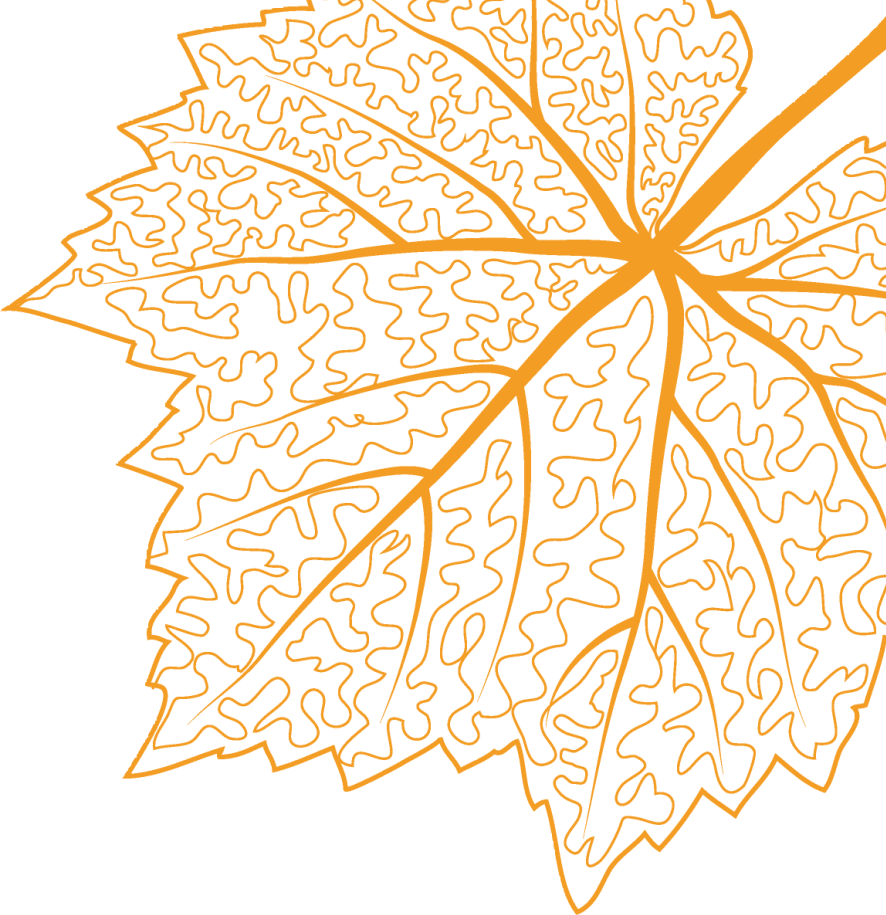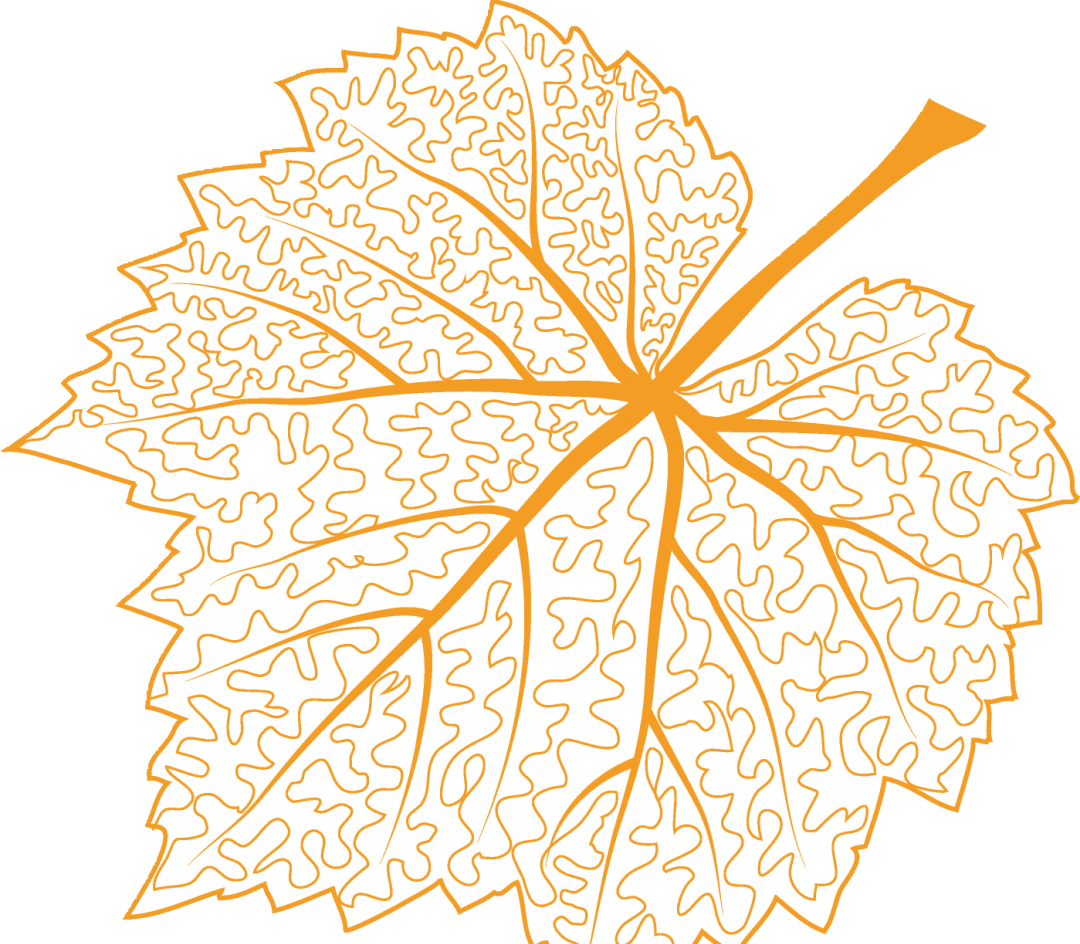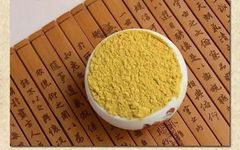

Different Dosage Forms of Medications Usage
and Precautions (Part 3)
As the autumn wind rises, white clouds fly
In the previous two parts, we discussed the usage and precautions of tablets,
capsules, and granules. Today, we will discuss the usage and precautions of powders.

Powders
Refers to a powdered preparation made by uniformly mixing the medication with suitable excipients, which can be divided into internal and external powders. Powders have the characteristics of simple preparation, adjustable dosage, convenient transportation, easy dispersion, and rapid onset of action. Powders are especially suitable for infants and patients with swallowing difficulties.


1. Usage
(1) The usual method of using internal powders is to dissolve them in warm water and shake well before taking. Do not eat within 30 minutes after taking the medication to avoid affecting its efficacy. The amount of water used for dissolution varies with different medications. The dosage also differs based on the intended effect; for example, the dosage and method for polyethylene glycol electrolyte powder differ when treating functional constipation and for preoperative bowel cleansing.
(2) External powders are generally sprinkled directly onto the affected area, then fixed with sterile gauze or an external plaster. They can also be sprinkled on gauze before applying, such as with pearl powder; or mixed with liquids like tea, yellow wine, or sesame oil to form a paste for application, such as with Jiu Fen San (Nine Parts Powder); external powders can also be used for nasal insufflation, throat insufflation, tooth brushing, or vaginal use.
2. Precautions

(1) When taking insoluble powders in large amounts, it is advisable to take them in small doses multiple times to avoid choking or swallowing difficulties.
(2) If choking occurs, the patient can sit upright, tilt their head back, and sip a small amount of warm water while gently patting their back to expel the small amount of inhaled powder.
(3) After taking the medication, avoid excessive drinking of water to prevent excessive dilution of the medication, which may affect its efficacy.
(4) When using live bacterial powders such as Bifidobacterium live bacterial powder or Clostridium butyricum live bacterial powder, the water temperature should not exceed 40°C when taken.

Pharmacist’s Warm Reminder
To use medications correctly and safely,
ensure the therapeutic effects of the medications,
and avoid medication-related harm.





